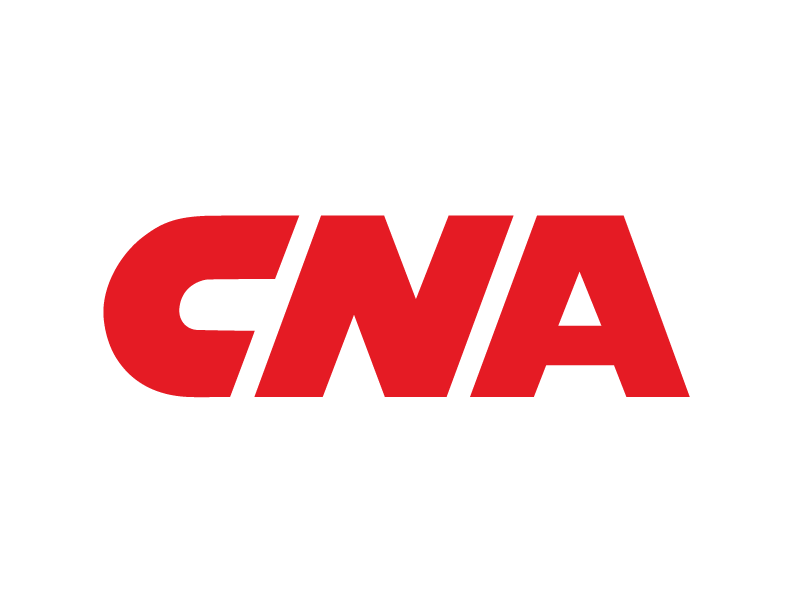Evolving Dynamics in the Management Liability Market
As we near the end of the pandemic, both new capacity and standard insurance carriers are gaining comfort around the stability of the global outlook. From an underwriting standpoint, one of the more prominent changes within the industry is centered around Directors & Officers (D&O) Liability Insurance where the focus on certain exposures has evolved dramatically over the last few years. COVID-19 presented unique exposures such as economic uncertainty, insolvency concerns and supply chain challenges, and, as a result, D&O pricing increased significantly across the market, specifically for publicly listed companies regardless of industry class or risk profile. Exposures are evolving quickly, and although some risks are less heightened as we exit the pandemic, clients are experiencing new hurdles that cannot be overlooked from a risk perspective.
Environmental, Social and Governance Policy
Increased emphasis is being placed on Environmental, Social and Governance (ESG) policies and practices by customers, investors and regulators, pointing towards heightened litigation – a large focus in the current D&O marketplace. A detailed report from the London School of Economics and Political Science (LSE) highlights that there has been more global climate change-related cases since 2015 than in all of the years prior to that combined, with the majority of this increase occurring between 2020 and 2022. LSE details a variety of industries that have become the focus of climate change and ESG-related litigation, including energy, food and agriculture, transportation, plastics and finance.[1]
Investors have been targeting boards of directors over a lack of emphasis on ESG matters, often alleging a breach of duty to stakeholders. In addition to investor-led litigation, expanded pressure from regulators is putting more strain on directors and officers of publicly listed companies. One major concern is the act of greenwashing, a misleading statement aimed at deceiving stakeholders into misperceptions about an entity’s environmental impact, especially involving the use of the terms “sustainable,” “carbon neutral” and “net zero.”[2] For our client-side readers, a few important questions to consider are:
- What are your internal policies and procedures regarding ESG?
- How do your key stakeholders feel about your current ESG profile?
- What claims have you made publicly regarding ESG and how can you quantify your progress against these claims?
Limited Access to Capital
In addition to increased litigation pressures, companies must navigate this evolving landscape amidst an inflationary pricing market that coincides with a period of contractionary monetary policy. Funding sources have become more conservative after exiting the intense bull market of 2021. TMX Group Limited reported that the total number of IPOs on the Toronto Stock Exchange (TSX and TSX-V) in 2022 was down nearly 44% from 2021, and the total capital raised on these exchanges was down 53% in the same time frame, which totals over $24B less capital raised in 2022 than the prior year.[3]
Not only have younger, less established companies found it difficult to access public capital, but some companies with solid track records also had a difficult time raising funds. With limited access to equity markets, Canadian entities were pushed to debt markets, which have also been a source of financial distress. Throughout the course of 2022, the Bank of Canada instated a contractionary monetary policy at a rapid pace, with overnight rate targets climbing from 0.25% in January of 2022 to 4.25% in December of 2022.[4] Compared to previous years, we see that the overnight rate in December of 2022 was nearly 500% of the average over the last five years.[5] When considering the insolvency risk of a company, lack of access to capital and the increasing cost of the capital which is available, are both increases in exposure. It’s evident that Canadian board members and executives have found themselves navigating a market at a speed and ferocity many have never experienced, presenting a unique risk to D&O insurers.
With continuous, evolving exposures in the risk profiles of D&O clients, one would assume that pricing would increase across the industry, but considering the incredible uncertainty presented by COVID-19, most risks are seeing quite the contrary. As we exit the pandemic, there has been an influx of new capacity that was temporarily unavailable to clients throughout that time period, which has also contributed to these seemingly decreasing prices. Although pricing seems to be heading downwards on certain large or complex public company renewals, 77% of underwriters believe that the D&O risk is still increasing year over year as reported by U.S.-based insurance brokerage and consulting firm Woodruff Sawyer.[6] Given the changing risk profiles, new capacity into the market and the post-pandemic market, there are some important questions for brokers and clients to ask themselves during renewal processes:
- Is this softening pricing sustainable and can clients begin forecasting insurance costs at lower rates than before, or have the last twelve months been a market overreaction?
- Where does the balance of priorities rest between client-carrier relationships and best terms available?
- What will happen to this new pricing and available capacity in the event of the next major economic or geopolitical disruption?
CNA provides a strong suite of Management Liability products for both privately held and publicly listed companies to help our clients navigate this constantly evolving marketplace. Our Underwriting team offers a variety of solutions to clients of all sizes in a wide range of industry classes. For our client-side readers, ask your broker about CNA and our suite of offerings.
[3] TMX Group,TMX Group Equity Financing Statistics–December 2022
[4] Bank of Canada, Policy Interest Rate 2023
[5] Bank of Canada, Canadian Interest Rates and Monetary Policy Variables: 10-Year Lookup
[6] Woodruff-Sawyer & Co., Looking Ahead to 2023: A Guide for D&O Insurance Renewals
In Canada, products and/or services described are provided by Continental Casualty Company, a CNA property/casualty insurance company. The information is intended to present a general overview for illustrative purposes only. Read CNA’s General Disclaimer.
